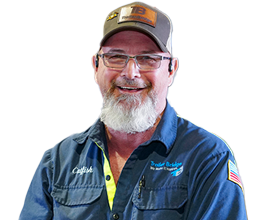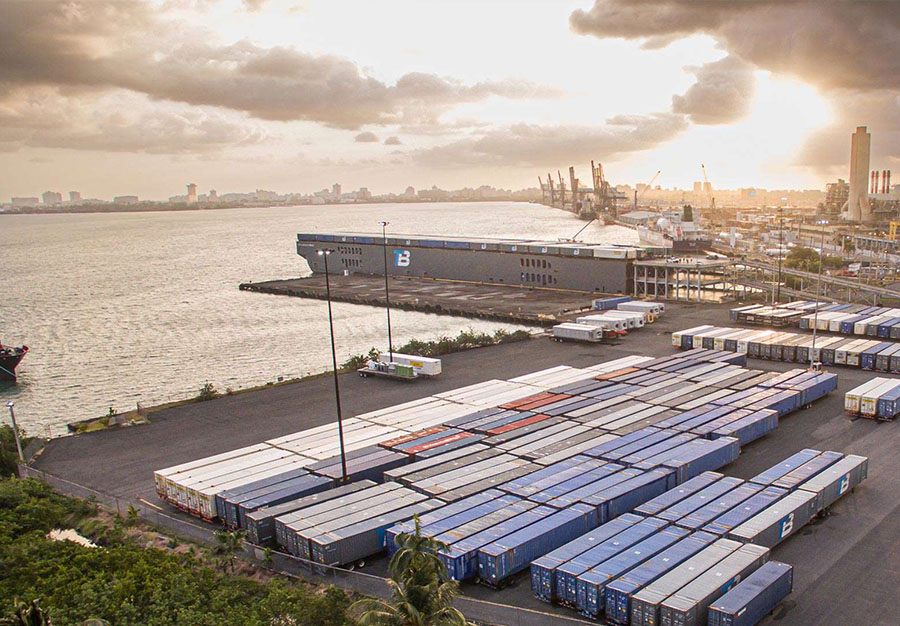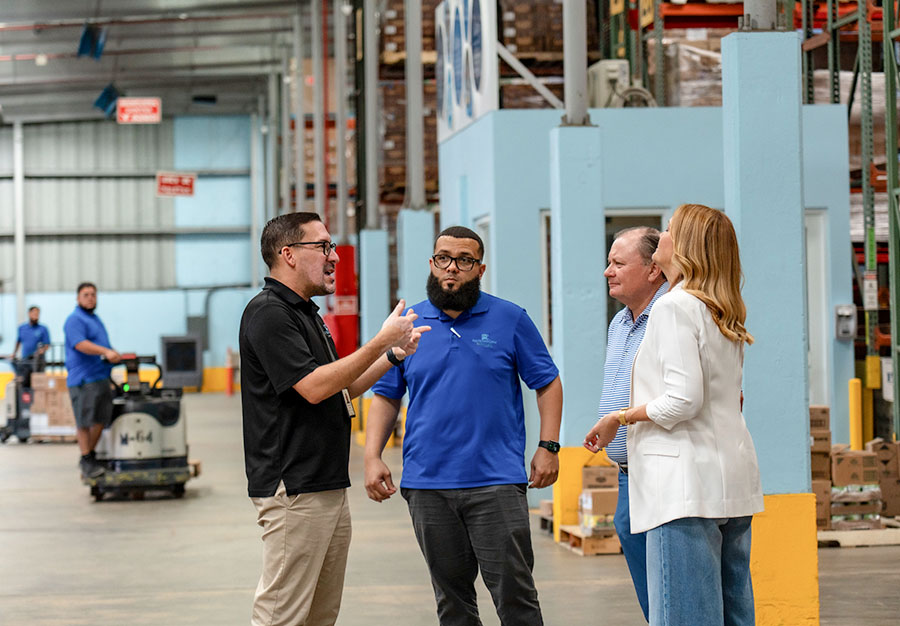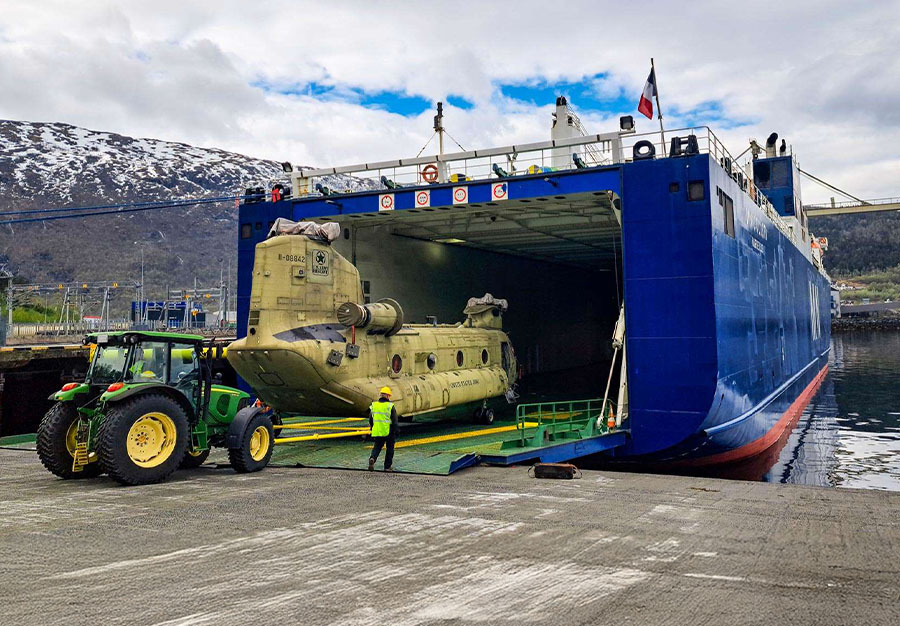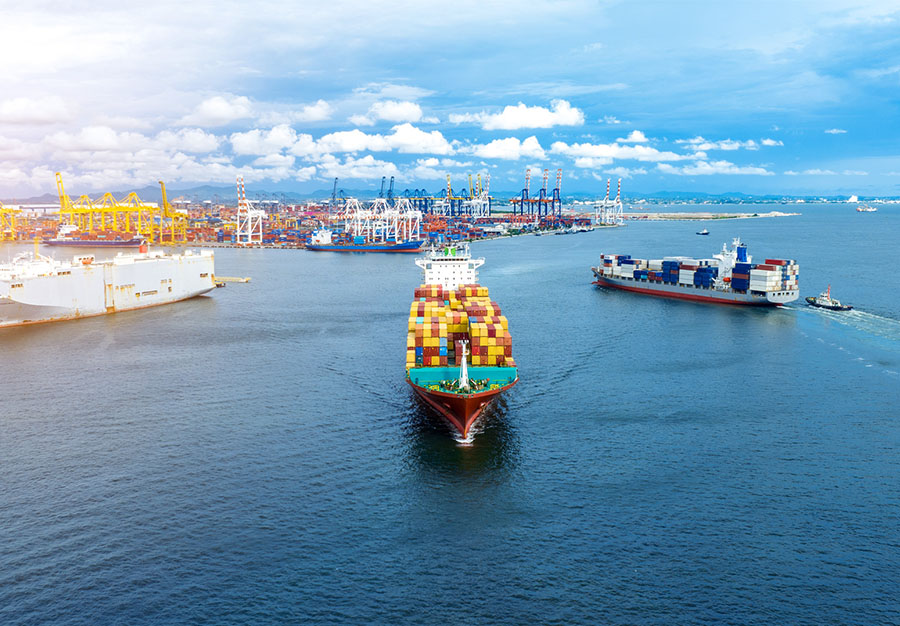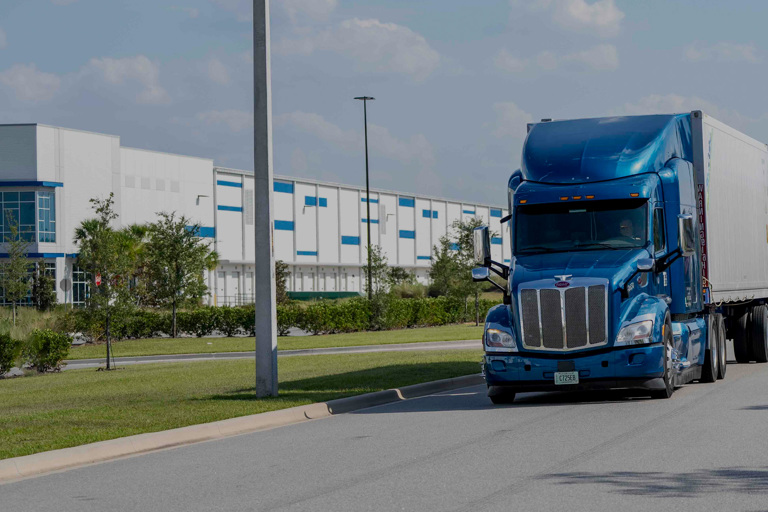
We Make
It Happen
Powering the Logistics of Your Supply Chain
A Logistics Partner You Can Trust
At Trailer Bridge, we understand the complexities of today’s supply chain landscape and leverage our in-house expertise to help you navigate it effectively. Our goal is to uncover cost savings and enhance operational efficiency for your business.
By combining our knowledge with a comprehensive suite of logistics services—including over-the-road trucking, international shipping, drayage, intermodal, and warehousing—we create tailored solutions that meet your unique freight needs.
International
Shipping
We make global supply chain management easier with comprehensive international shipping solutions tailored to your business. Whether shipping by land, air or sea, we handle every detail so you can focus on what matters most, your business.
Caribbean
Shipping
From direct asset-based ocean service to and from the U.S. mainland to international connectivity with partner carriers, we offer a full suite of transportation solutions for your Caribbean supply chain.
- Container Services
- Vehicle Shipping
- Barge Charter
- Breakbulk Cargo
- Puerto Rico
- Dominican Republic
- U.S. Virgin Islands (USVI)
Domestic
Transportation
We combine first-class equipment, state-of-the-art technology, and an industry-leading logistics team to move your freight anywhere within the U.S., Canada, and Mexico.
- Full Truckload
- Less than Truckload
- Intermodal
- Temperature Controlled
- Drayage
- Cross Border
- Warehousing
- Transfers
Intermodal
Transport
We offer comprehensive intermodal freight transportation services designed to expand your supply chain options and improve efficiency. Our intermodal solutions provide flexible, cost-effective ways to move your goods to destinations across the United States, Canada, and Mexico.
Government
Logistics
At Trailer Bridge, we have the resources, partnerships, and expertise to solve logistics challenges for federal, state, and local government agencies. We understand the strict requirements for timing, pricing, and resources that come with government contracts.
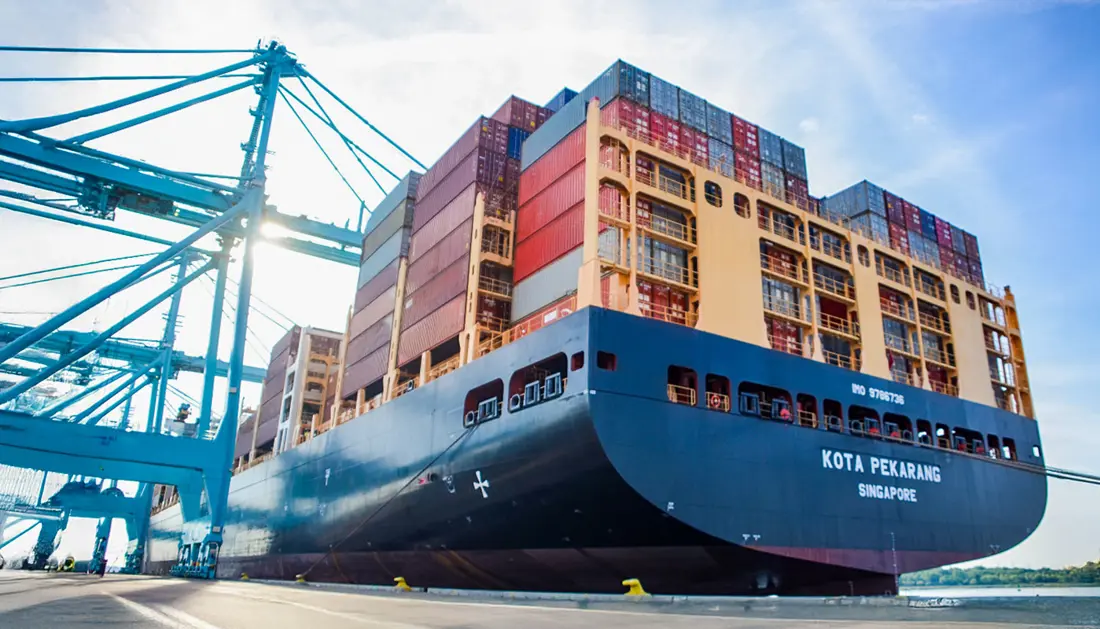
International
Shipping
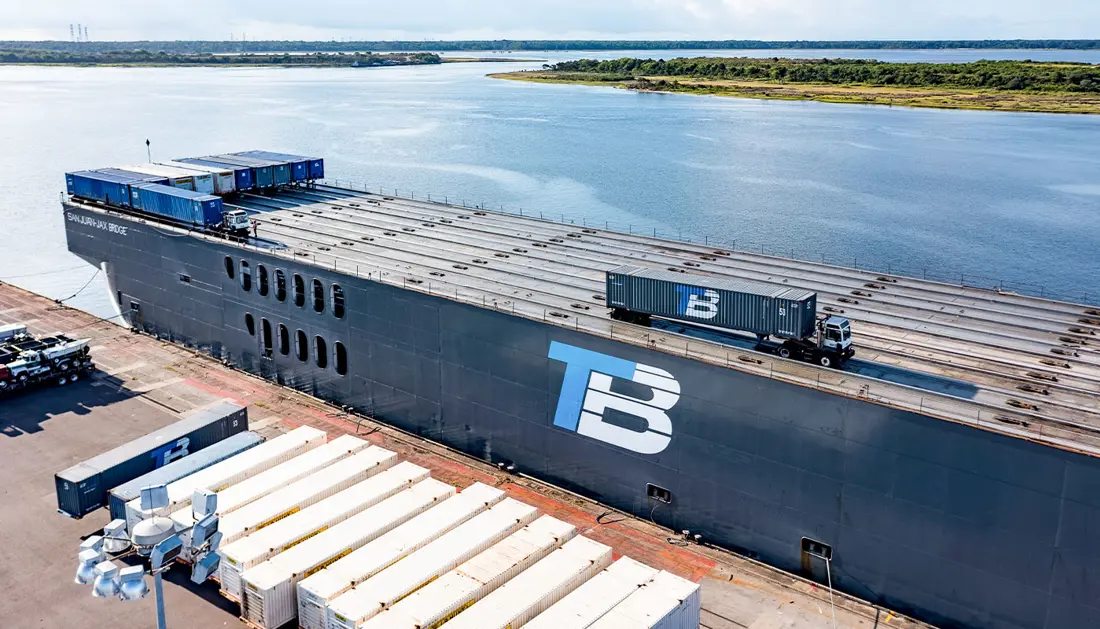
Caribbean
Shipping
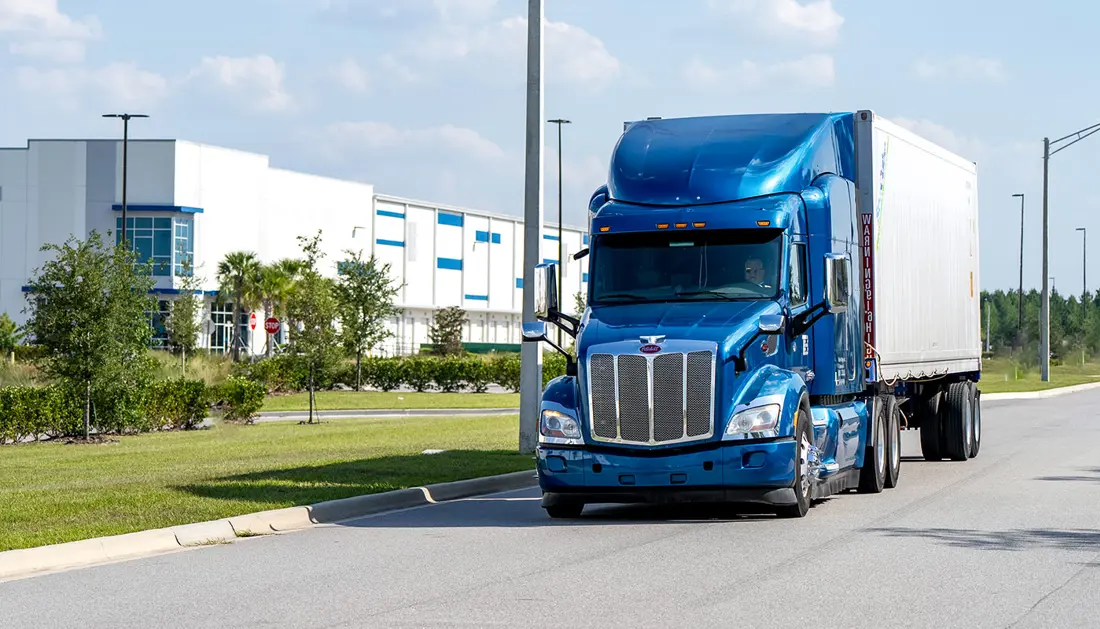
Domestic
Transportation
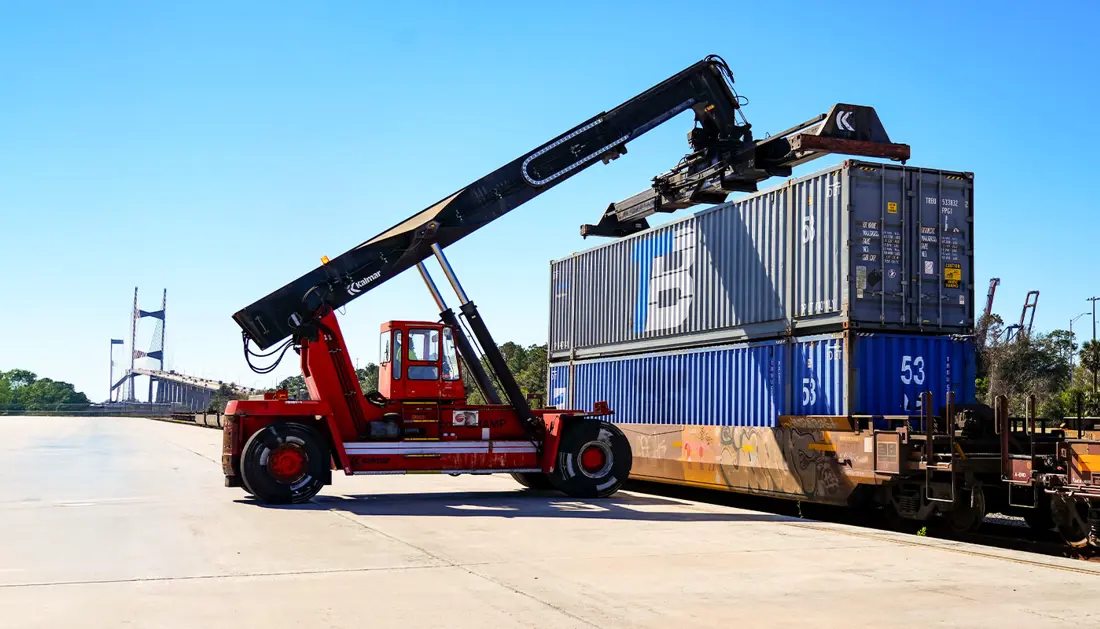
Intermodal
Transport
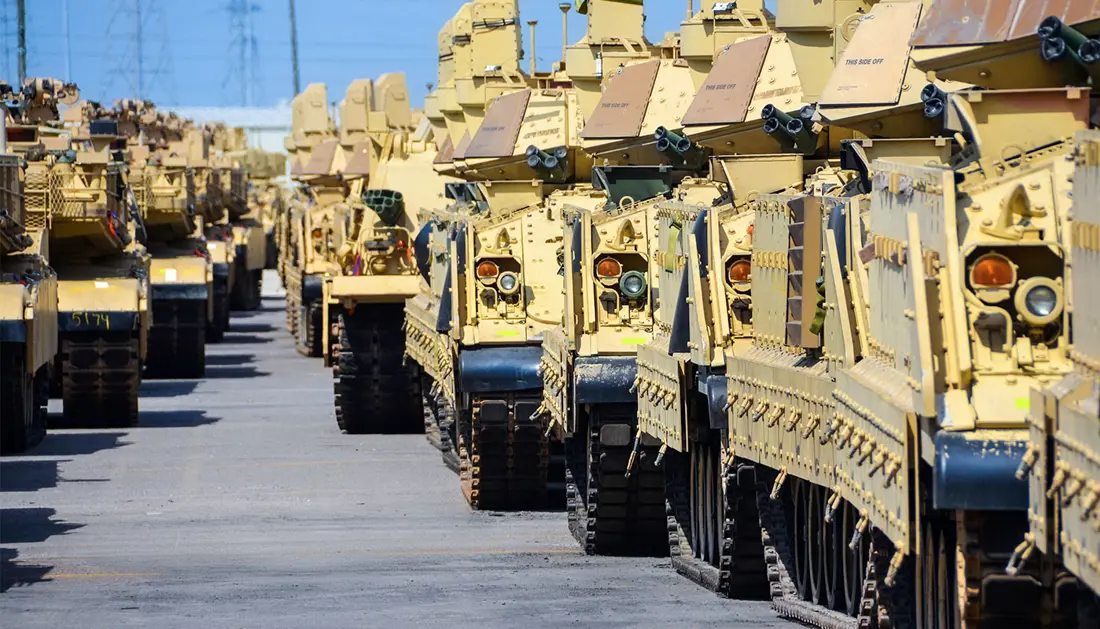
Government
Logistics
Customer Testimonials
“Communication among the team is smooth, keeping me informed about every stage of the process, from the pickup appointment management to the container’s arrival in PR. It’s pleasure to work with a maritime company like this. Trailer Bridge, thanks for everything!!”
“Trailer Bridge is my number one go to moving full 53’ containers.”
“In the fast-paced world of international logistics, having a partner like Trailer Bridge makes all the difference. Their attention to detail, reliability, and top-tier customer service set them apart. From ocean freight to domestic trucking, they consistently exceed expectations. Rivero Exporting is proud to work with a company that truly understands the meaning of exceptional service.”
“I am completely impressed with their professionalism and customer service. The service is second to none.”
“I would like to say that the customer service we have received from Trailer Bridge has been exceptional. The primary reason we do business with Trailer Bridge is because of the support and attention we get from the customer service team."
“With the vast array of global shipping solutions that TBI offers, we have been able to sustain an orderly flow that our customers, both commercial and government, have come to appreciate and admire. Thank you TBI!”
Key Initiatives
We harness the power of people and technology to drive a more efficient logistics solution for our customers and partners. Our investment in BlackBerry asset tracking, we increase visibility into customer’s freight movement and bring efficiencies to their supply chain.
As we build supply chain solutions for today, we understand the importance of preserving the world around us for future generations. We take a balanced approach to delivering environmentally conscious transportation solutions alongside responsible commercial practices for our own business as well as those of our customers and partners.
We are dedicated to cultivating an environment where everyone feels welcome and valued. By embracing our diverse backgrounds and perspectives, we can forge stronger connections to drive success for our businesses and the broader community. We believe in the power of shared experiences, continuous learning, and a deep respect for the unique qualities everyone brings.
Insights & Resources
Stay Connected
Join the TB community to receive our quarterly newsletter, company updates, and valuable resource guides—created specifically to enhance your supply chain and support your success.
